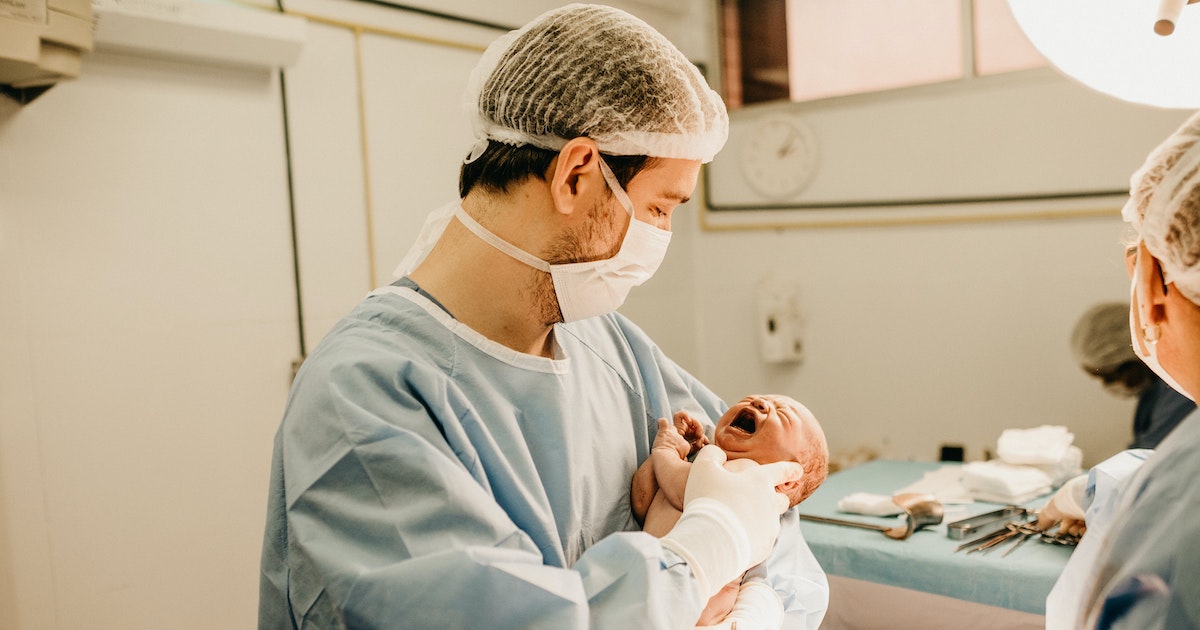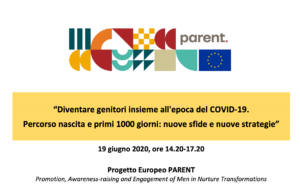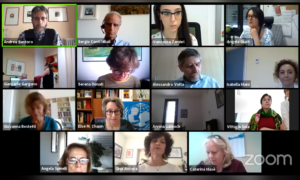
In Italy, as elsewhere, giving birth during COVID-19 has been a lonely and stressful event for many women, with fathers/partners being generally kept away. As the pandemic evolved, new scientific evidence and operational protocols became available regarding pregnancy, childbirth, and breastfeeding. However, what got little attention was the protocols around the presence of the father, or whoever the mother wishes to have at her side, during childbirth. It seemed that it was not deemed a scientific, evidence-based necessity in local COVID-19 health protocols to allow for the inclusion of the father/partner, or a ‘person accompanying the mother,’ during childbirth – even if to support the mother and facilitate early father/child bonding. It was perceived as an option or a ‘luxury’ that could easily be dropped in a difficult or uncertain situation.
Despite this perception, some hospitals and health professionals made brave efforts to adapt protocols – while maintaining safety – in order to protect and promote the mother/father/child relationship, even during the pandemic. These included obvious, though regrettably not generalized, measures such as alternating the presence of fathers during the hospital stay, enabling all partners of mothers sharing a room to spend safe time with the mother and their child during the day; 50/50 alternation of the mother and father/partner’s presence in Neo-natal Intensive Care Units; and, quite simply, using PPE (personal protective equipment) for fathers during delivery.
MenCare partners in Italy – the network il Giardino dei Padri led by Cerchio degli Uomini of Torino – brought together these best practice experiences at a webinar conference organized – together with the prestigious Italian Institute of Health (ISS) – in the context of the EU project PARENT (Portugal, Italy, Austria, Lithuania). The conference was attended for a full three hours by three-hundred health professionals from all over Italy (gynecologists, midwives, pediatricians, neonatologists, pediatric nurses, health visitors), plus collaborating partners such as UNICEF, with speakers presenting not only their experience but also the most up-to-date scientific evidence and data. The purpose was to disseminate and draw lessons from these best practices so that a new outbreak or a new pandemic would not catch health services unprepared. Feedback from participants, who interacted throughout on Q&A, was enthusiastic. As one participant from Sicily said, “Thank you so much for showing us that it can be done – even during a pandemic!”

